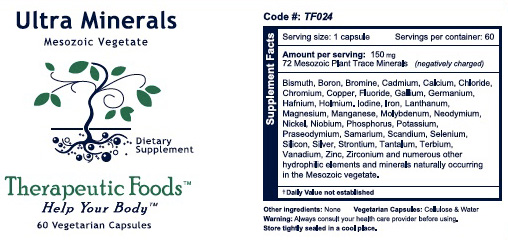The One Straw Revolution
|
Dear Friends, 
Last week we talked about The One Straw Revolution in agriculture founded by Masanobu Fukouka. Mr. Fukouka’s goal was to create a food producing environment that diverged as little as possible from a natural one. His garden had the structure of a natural forest and as the forest ecology took hold, he found he could work less and harvest more. In fact, he demonstrated that his method could produce as much tonage as industrialized farming methods—without poison, expense, and the destruction of soil. Masanobu’s method is spreading in India, Thailand, the Philippines and other places in the developing world as a remedy to the environmental and human disaster called the Green Revolution (industrialized agriculture). The link above to the One Straw Revolution is different than the one I gave you last week. Remember my description of our denuded condo vegetable garden? Well, I went to our local organic nursery this past Sunday and bought some seeds of crimson clover, common vetch, and rye cereal, and sowed them into our plot with a little compost dusted on top. I’ll take a picture when it will nicely manifest a winter cover crop. I am taking my One Straw Revolution medicine seriously. For my weekly grocery shopping this past week I went to our local Whole Foods. In selecting eggs I picked a new company to me, whose cartoon read, Pasture Verde: Organic, Pasture-Raised, 12 Large Grade A Eggs. Sounded good, and the eggs looked very organic. But the difference between them and the labeled Free Range eggs that I normally bought is huge. Upon opening the cartoon when I got home, I found a little 4 by 6 flier that was entitled, Vital Farms News—Introducing: Our Vital Farmers.
In pasture, the chickens basically live outside, they have a small indoor area that they can use when they need it. The farmers have gone back to an older way of getting food which is more built around the way the animal naturally behaves and not about the way we want it to behave—similiar to the Fukouka One Straw Way, only with chickens. They claim the chickens are happier (makes sense), and that they produce a better product. This proved to be true, reminding me of the eggs we used to get on my grandma’s farm. Nice business model. There needs to be farms like this all over the country. Looks like a billion dollar corporation like Whole Foods is on the right side of this one. Corporate power and small organic farmers working together to grow the organic offering. Good job, I think. What do you think? Sincerely yours, Seann Bardell Clinical Note: So, what came first- the chicken or the egg? OK, let’s not get into that, but one thing we do know is that chickens raised in a more natural way on organic varied pastures, where they consume bugs, worms, varieties of grasses, grain and seeds, produce richer, yellower, tastier, more nutritious eggs. I underlined organic because without a soil rich in minerals, microorganisms, worms, bugs, and decaying plant material, the chicken can eat all they want and not be really fed. Because of our faulty agricultural methods we have systematically destroyed our soil, depleting mineral content, etc.—we talked about this. Until we have generations of organically cared for lands that are loaded with nutrients, we need to supplement. Hence, this is the reason we are so excited about our Ultra Mineral, Mesozoic Vegetate minerals. They are plant derived minerals that come from an ancient tropical forest humus. They come from a soil bursting in life giving minerals for the whole phylogenetic tree of life to thrive on—and they did. And, we can too today. Enjoy, 1 to 4 a day of these powerful minerals.  The Last Quiz Answer: The Snowy Owl, Bubo scandiacus, was first classified in 1758 by Carolus Linnaeus, the Swedish naturalist who developed binomial nomenclature to classify and organise plants and animals. The name scandiacus is a Latinized word referring to Scandinavia, as the owl was observed first by Linnaeus in Northern Europe—Scandinavia. It is called by many names: the Ghost Owl, the Terror of the North, the Tundra Owl (it is the official bird of Quebec)—Harry Potter had a pet snowy owl named Hedwig. The Snowy Owl is a large bird with a body length of over two feet and a wing span of nearly six feet. They can live up to 35 years. Here are two northern owls on the hunt.
|

